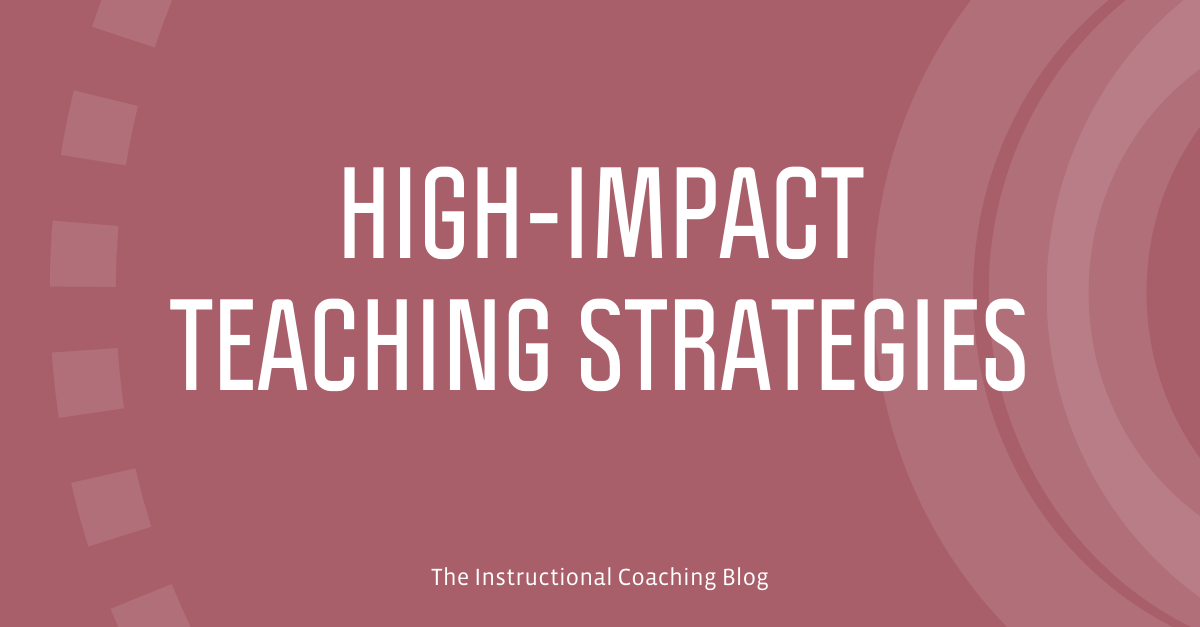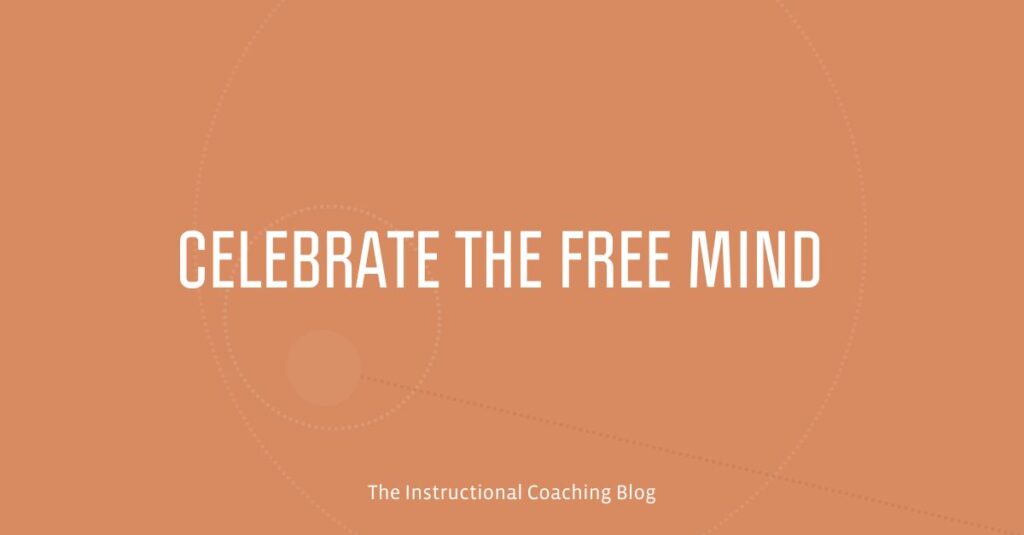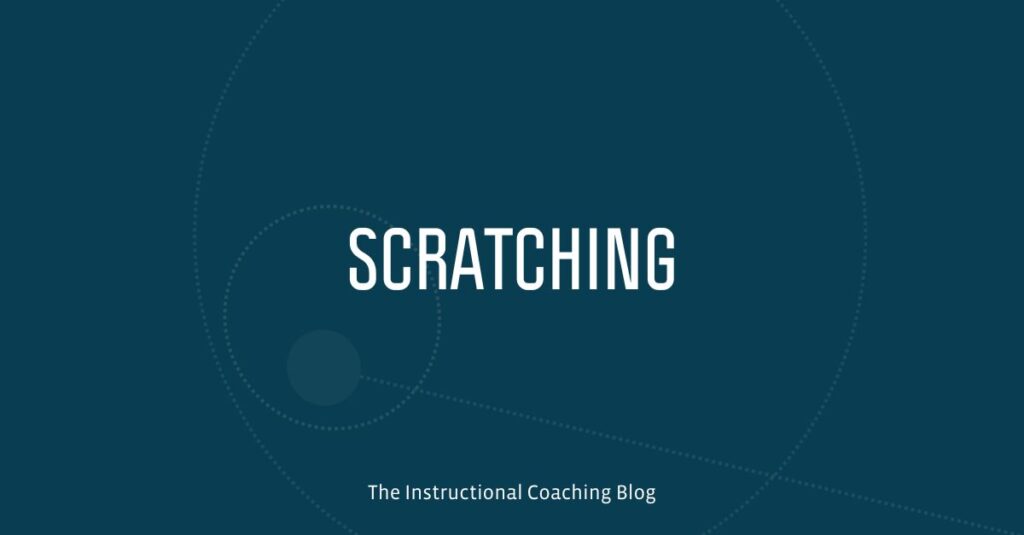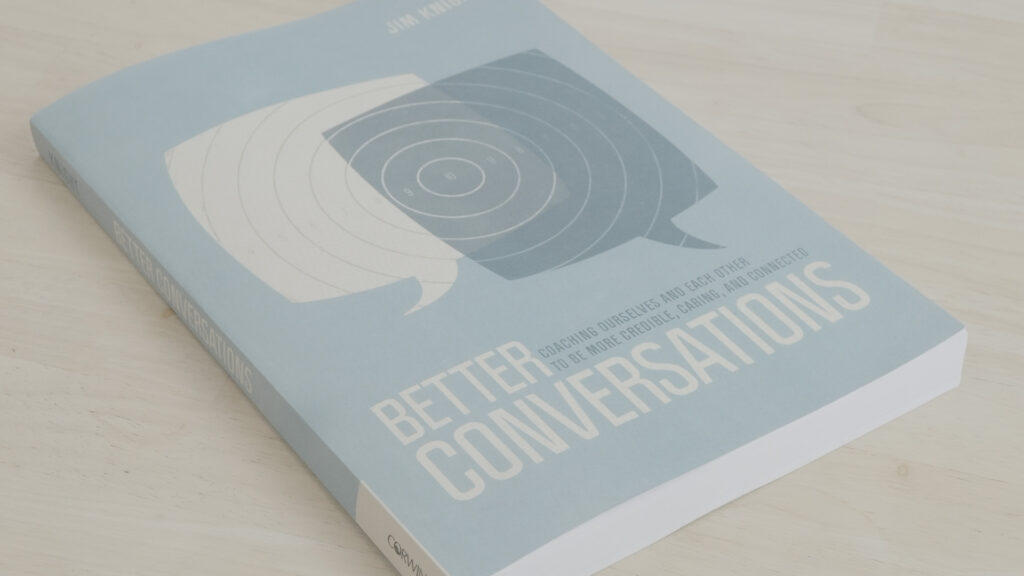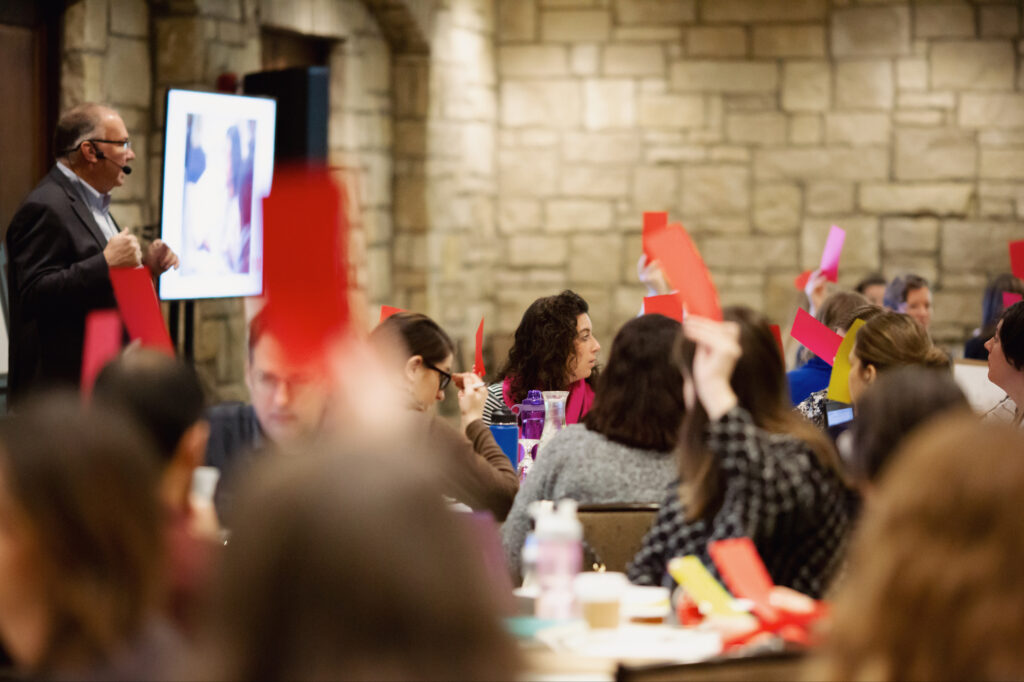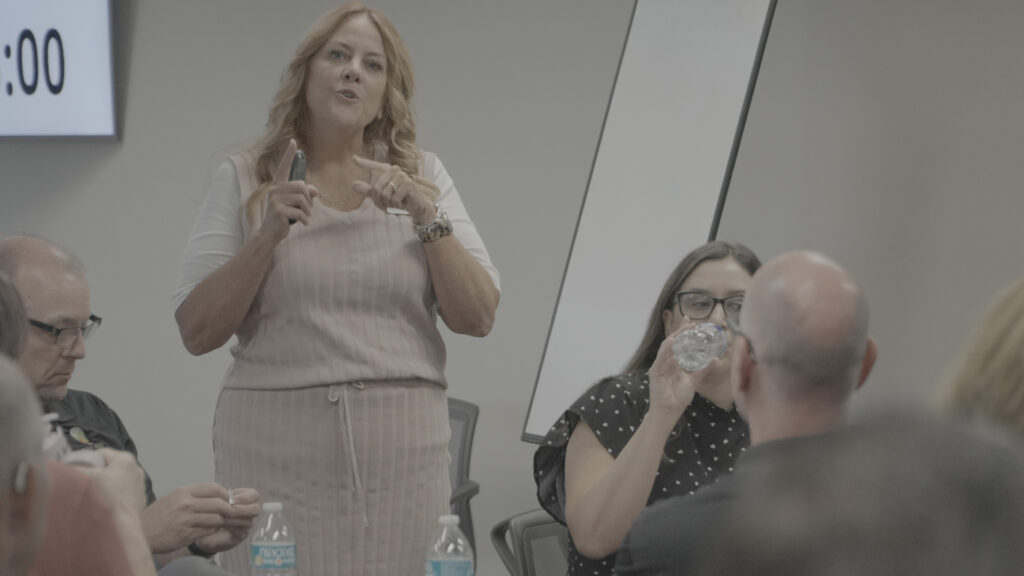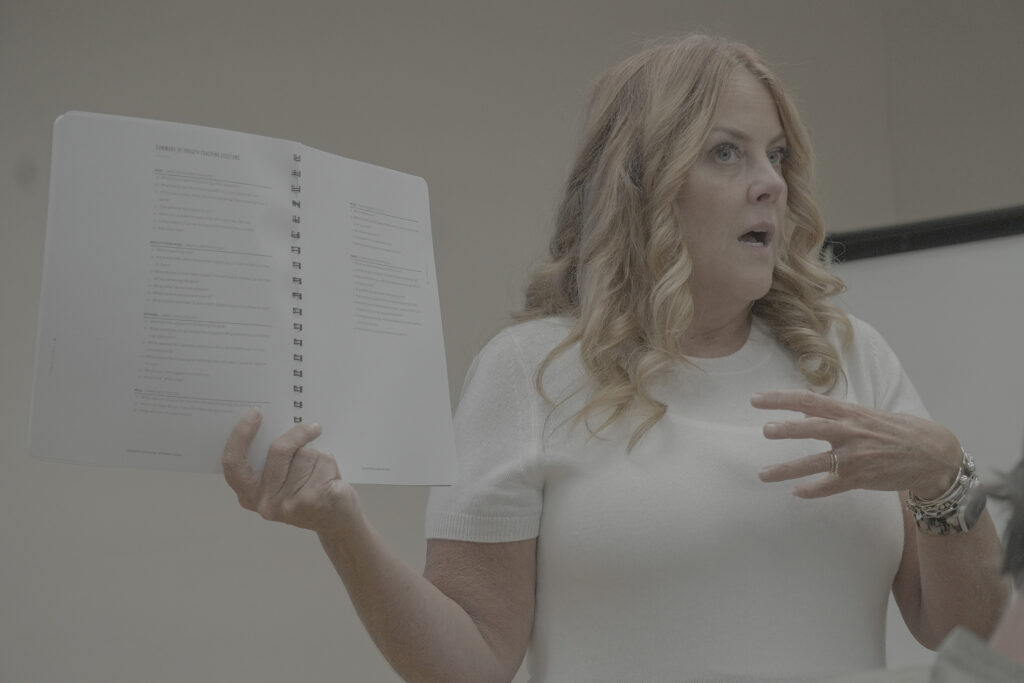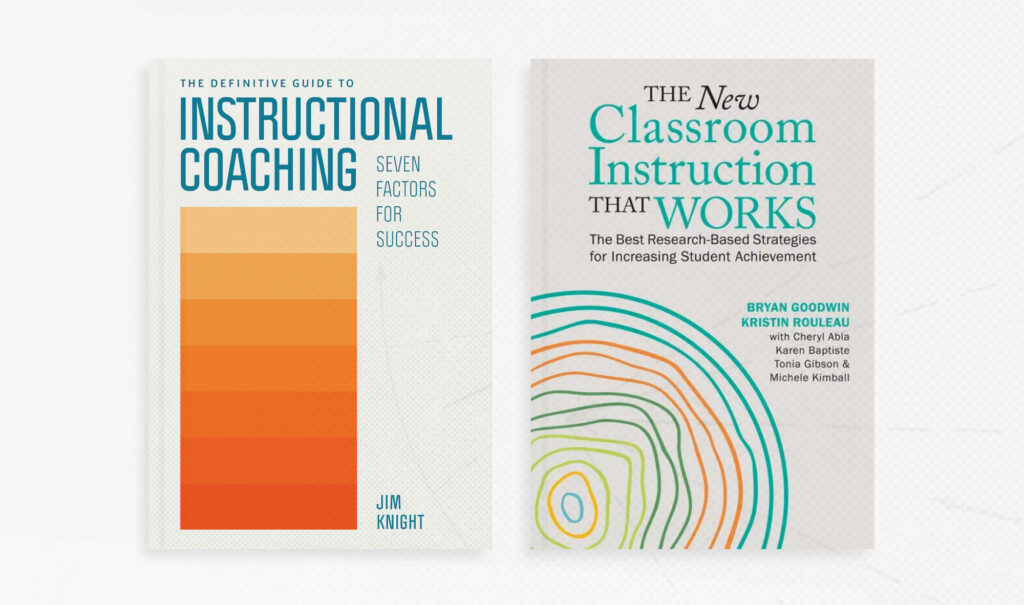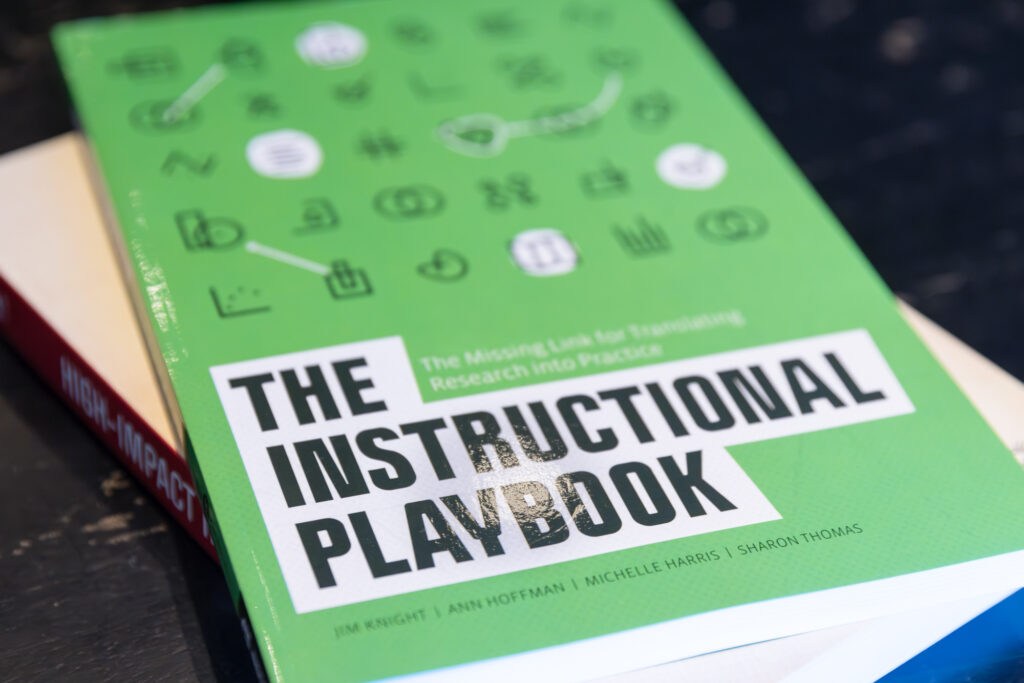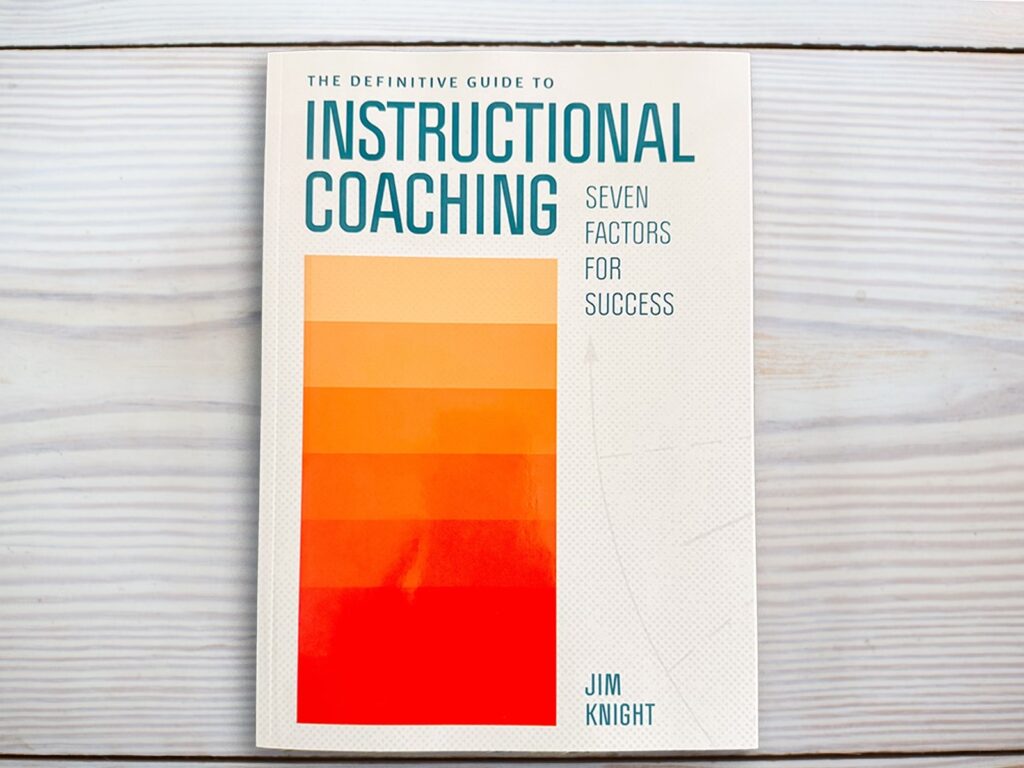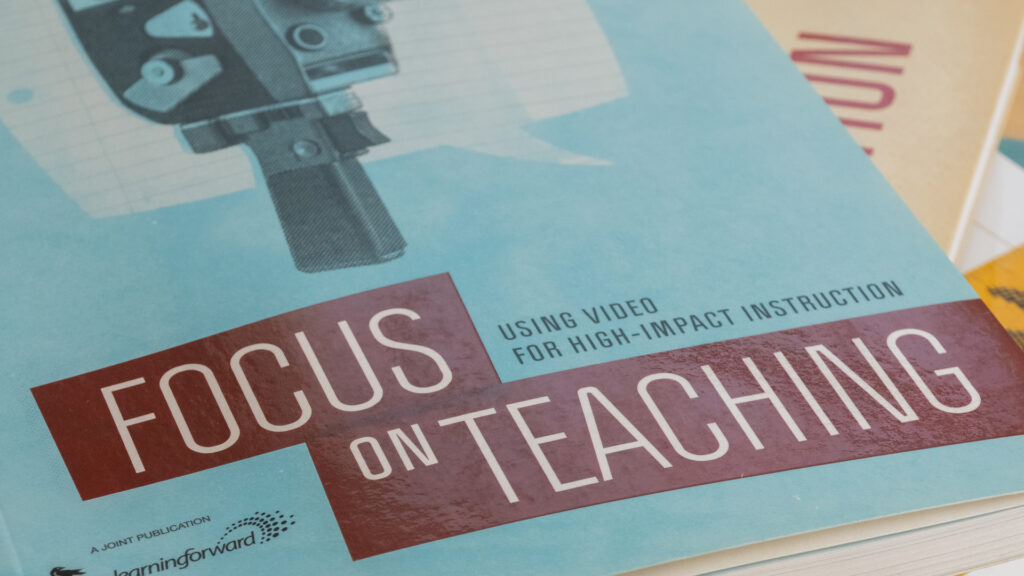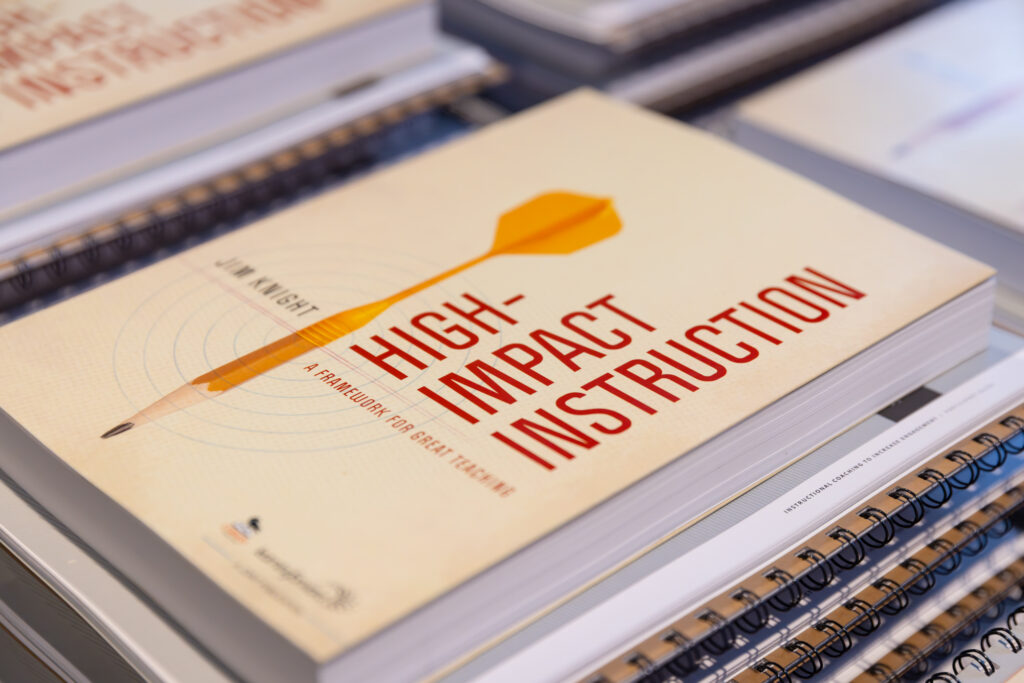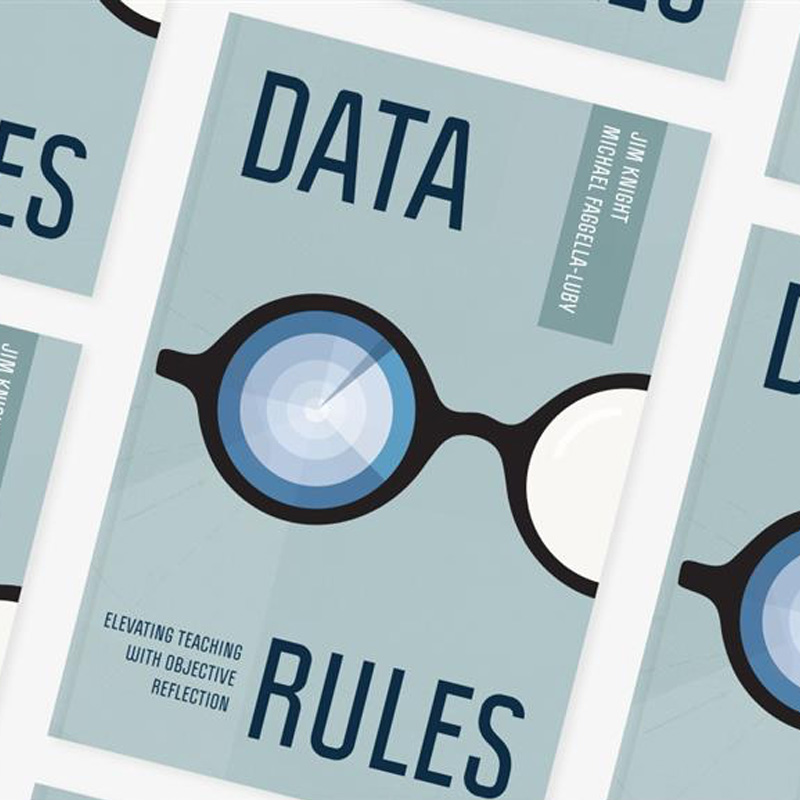What is a Learning Map?
A learning map is a graphic organizer that highlights the knowledge, skills, and big ideas that students should get from a lesson, unit, or course. The map depicts the most important information to be learned and how the different pieces of learning are connected. A learning map is a visual cue that aids in the introduction of learning at the start of a lesson. It also serves as a post organizer, or the summary discussion at the end of a lesson. Finally, a learning map is a living study guide that students and teachers can complete after each new learning opportunity.
Learning maps are two-dimensional depictions of information that usually include (a) a core idea, often the name of the unit, (b) subtopics, (c) details, (d) lines that show the relationship between the different parts of the map, and (e) line labels that explain the relationship between the core idea and the subtopics.
I suggest creating two types of learning maps: starting maps, which usually only include the core idea, paraphrase, and supporting details, and ending maps, which are constructed throughout the unit as details are added and finished when the unit is completed.
Why are Learning Maps Useful?
Seeing Supports Learning
In Brain Rules: 12 Principles for Surviving and Thriving at Work, Home, and School (2008), John Medina, the director of the Brain Center for Applied Learning Research at Seattle Pacific University, generalizes from the existing research: “Vision is probably the best single tool for learning anything…. Put simply, the more visual the input becomes, the more likely it is to be recognized – and recalled” (p. 233). Learning maps enhance student learning by providing a picture of what students will learn.
They Show the Big Picture
Teachers that have used learning maps have expressed that seeing the entire unit laid out on one page helps them make decisions about how to differentiate learning. They can look over the unit from start to finish and pinpoint where they may need to modify instruction to increase the likelihood that all children will learn.
What helps teachers also helps students. When students see the unit displayed on one page at any point in the unit, they can see what has been learned and what they will still learn. The map is a visual representation of the learning that takes place in a classroom.
They Keep Students and Teachers on Track
For teachers, learning maps are daily reminders of what should be taught and what should be emphasized. For students, learning maps are like road maps, providing them with a picture of what will be learned in each lesson. This type of scaffolding is very important for some students.
They Structure the Beginning and Ending of Lessons
In the classroom, the first few minutes and the last few minutes of a class are extremely important for introducing and reinforcing student learning. Learning maps provide a picture of the unit that teachers can use to begin and end lessons in a way that best supports student learning.
They Serve as a Mechanism for Repeated Review
When a teacher is able to begin and end each lesson with a review of the learning map, students are able to assess how well they understand what is being learned in a particular unit. Whether the map is used individually or with other students, learners benefit by reviewing the learning depicted on the map.
They Make Connections Explicit
Learning maps are designed to show how everything being learned is connected. Teachers can help students see how various aspects of learning are connected by creating maps that explicitly show connections and by pointing out those connections during learning experiences. With this in mind, learning maps provide a deeper learning experience for students.
They Help Struggling Note-Takers
Learning maps accommodate learner needs by providing a scaffold for note-taking. It provides a format for all students to record information about what they are learning, and with teacher guidance, students can be sure they are recording the most important information.
They Serve as a Living Study-Guide
Learning maps are created with the students throughout the unit, not simply handed out at the end of a unit as most study guides are. Since students interact with the map by taking notes, using it in discussions and activities, reviewing it during advance and post organizers, using it to monitor and check learning, referring to it to stay organized and focused during class, and frequently using it as the starting point to create their own maps, the map becomes a central part of learning. A map that is built throughout the unit has a greater impact on retention of ideas than a teacher-constructed study guide.
Types of Maps
Mind Maps
Mind maps are webs of words or shapes filled with words that flow out from the center of a page in a way that naturally extends whatever is being explored.
Concept Maps
Concept maps are hierarchically organized maps of concepts where the relationship between concepts is communicated through line labels.
Thinking Maps
Thinking maps are depictions of cognitive processes designed to enhance people’s ability to think. Some examples are:
- Circle Maps
- Bubble Maps
- Double-Bubble Maps
- Tree Maps
- Brace Maps
- Flow Maps
- Multi-Flow Maps
- Bridge Maps
Order Routine
Teachers can help students identify important information and organize it into one of four graphic organizers: sequential, compare and contrast, problem-solution, and descriptive.
A learning map points out the most important features of the landscape. On learning maps, the landscape is the knowledge, skills, and big ideas to be learned in a class. The learning map highlights the most important information students need to learn and provides students with guideposts for following the sequence of instruction. Most importantly, learning maps are most effective if they are simple, answer all the guiding questions, and make connections explicit.
